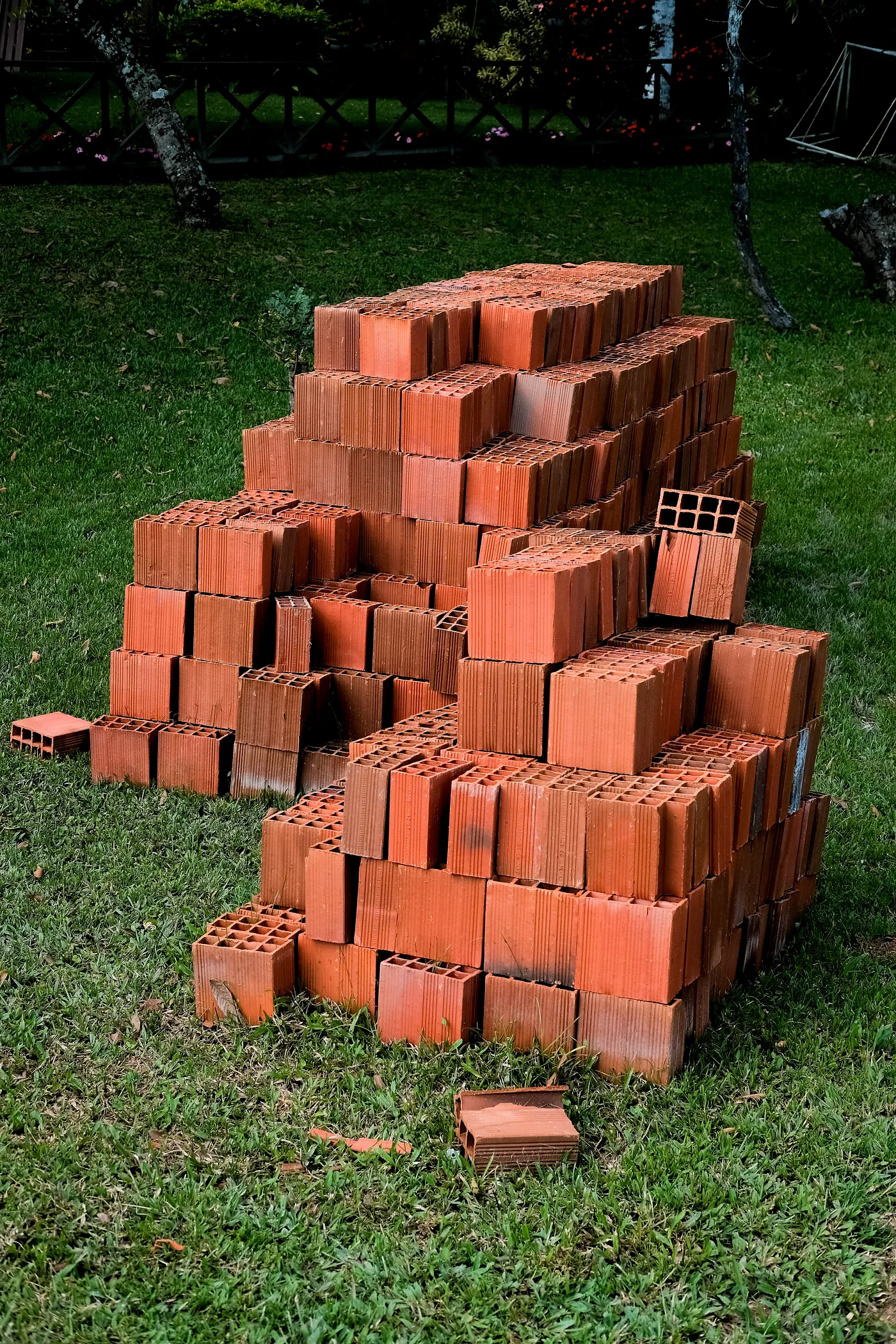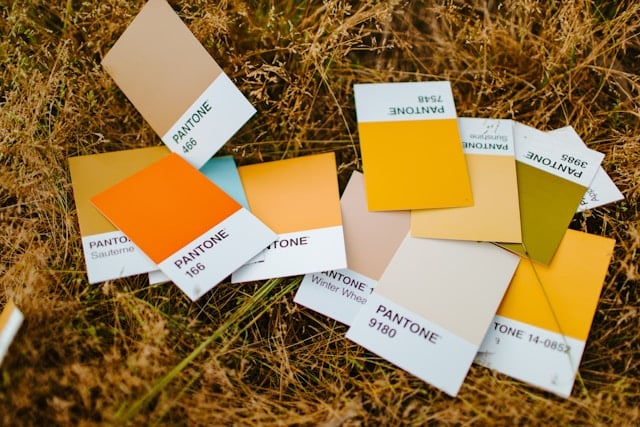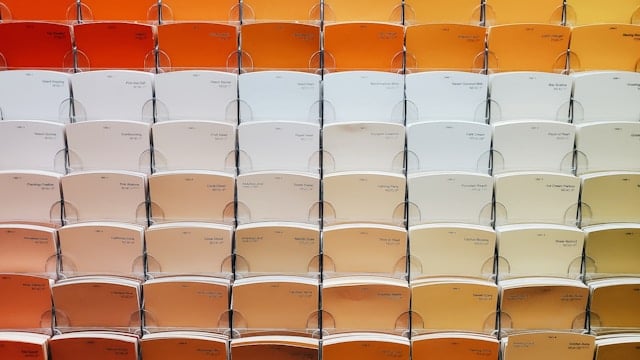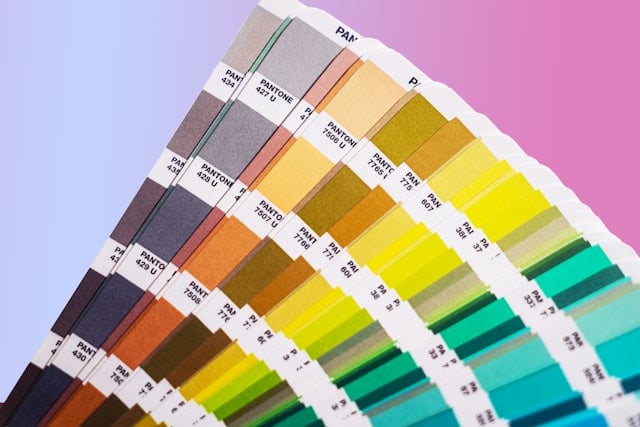Bricks vs. Blocks: Which Reigns in Construction?

When it comes to building materials, bricks and blocks are two heavyweights in the construction arena. But which one is truly superior?
Bricks are the traditional choice, small and rectangular, crafted from clay or shale and fired in a kiln. Renowned for their durability, strength, and fire resistance, bricks have been used for millennia to create everything from walls to foundations and intricate architectural details.
On the other hand, blocks are the modern contender—larger, more rectangular, and typically made from concrete. These giants of the construction world are known for their incredible strength and are often the go-to for large-scale projects. Beyond the standard concrete block, variations like cinder blocks and foam blocks, made from coal cinders and expanded polystyrene, add versatility for specialized applications such as insulation.
The history of bricks is as ancient as civilization itself. Dating back to the early days of Egypt and Sumer, bricks were originally handcrafted from clay and water, then fired to perfection. This labor-intensive process made bricks a luxury item until technological advances like steam-powered brick-making machines in the 19th century revolutionized the industry, making bricks more accessible and affordable.
Today, bricks remain a popular choice due to their strength, durability, and aesthetic appeal. Whether used to build homes, schools, or even decorative facades, bricks come in various shapes, sizes, and colors, offering endless possibilities for construction and design.
Innovative uses of bricks in modern times include energy-efficient buildings with integrated insulation and eco-friendly green roofs and walls that improve air quality and reduce urban heat islands.
So, bricks or blocks? Each has its strengths and unique applications, making both indispensable in the world of construction.
 Building Materials
Building Materials
 Tools & Machinery
Tools & Machinery
 Plumbing
Plumbing
 Electrical Supplies
Electrical Supplies
 Air Conditioning
Air Conditioning
 Safety & Security
Safety & Security
 Finishing Materials
Finishing Materials
 Hardware & Fasteners
Hardware & Fasteners
 Lighting & Electrical Fixtures
Lighting & Electrical Fixtures
 Landscaping & Outdoor
Landscaping & Outdoor
 Construction Services
Construction Services
 Construction Technology & Software
Construction Technology & Software









